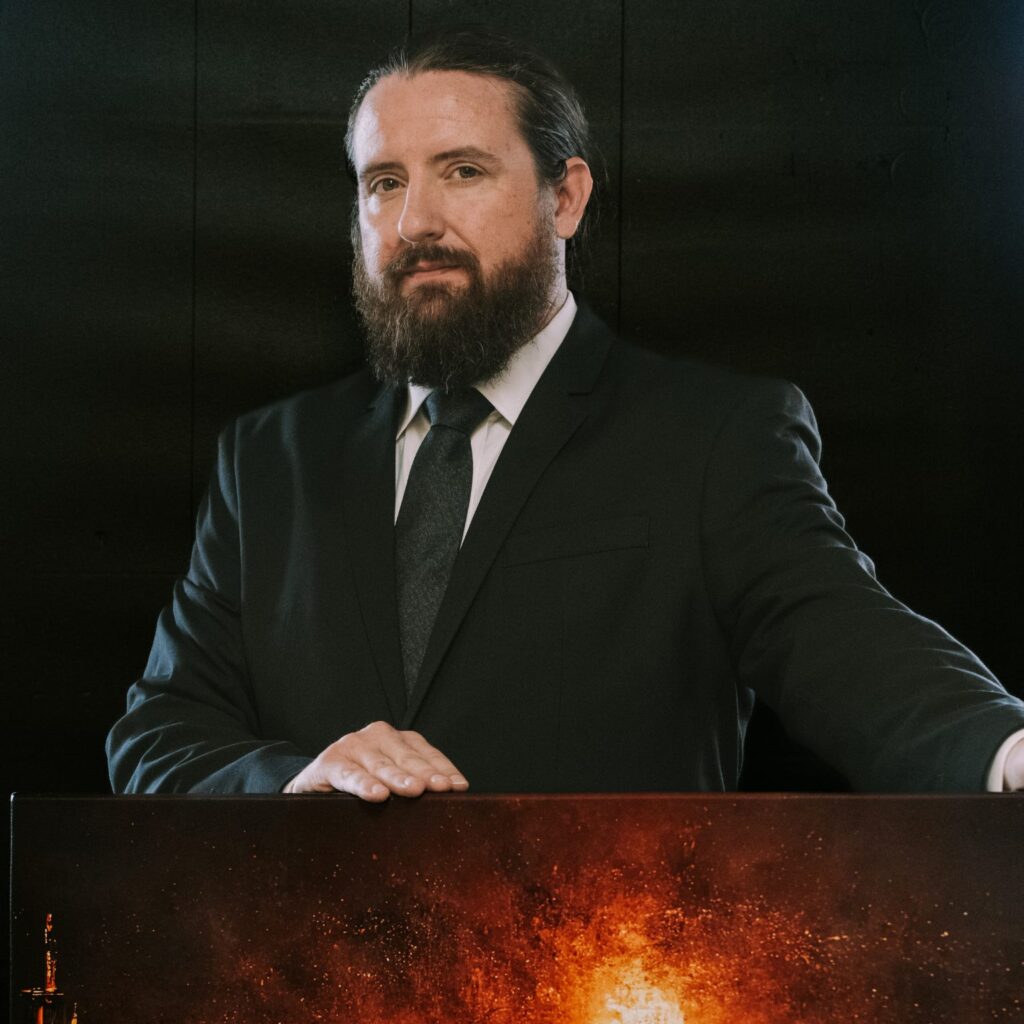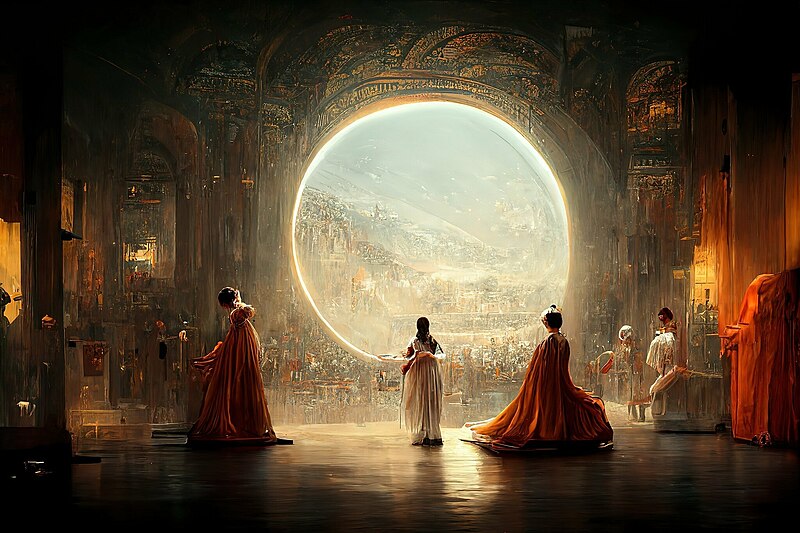In recent years, artificial intelligence (AI) has made significant inroads into the art world, sparking debates about creativity, authenticity, and intellectual property. A notable example is the case of “Théâtre D’opéra Spatial,” a digital image created by Jason M. Allen using the AI platform Midjourney. This artwork not only won the 2022 Colorado State Fair’s annual fine art competition in the digital art category but also ignited discussions about the role of AI in art and the boundaries of human creativity.
Creation and Recognition
Jason M. Allen utilized Midjourney, an AI-driven image generator, to produce “Théâtre D’opéra Spatial.” He refined the AI-generated image using Adobe Photoshop and upscaled it with Gigapixel AI. The artwork was then printed on canvas and submitted to the Colorado State Fair’s digital art category, where it secured first place. The judges, unaware of the extent of AI involvement, praised its composition and thematic depth.
Debate and Backlash
The award prompted a polarized response from the art community. Some artists felt that awarding a prize to an AI-generated piece undermined traditional artistic skills and blurred the lines between human and machine creativity. Critics argued that AI tools can replicate styles and techniques without genuine understanding or intentionality, challenging the very definition of art.
Copyright Challenges
Following the recognition, Allen sought copyright protection for “Théâtre D’opéra Spatial.” The U.S. Copyright Office denied the application, stating that the image contained a significant amount of AI-generated content and lacked the necessary human authorship for copyright eligibility. In response, Allen filed a lawsuit, asserting that AI was merely a tool in his creative process, similar to a camera or digital software, and that the final image was a product of his artistic vision.

“I enjoy creating from my imagination and when I find that people love my ideas it is truly fulfilling” Jason M. Allen
Implications for the Art World
This case highlights the evolving challenges at the intersection of technology and art. As AI becomes more integrated into creative processes, questions arise about authorship, originality, and the value of human creativity. The art community and legal systems worldwide are now grappling with how to adapt to these advancements while preserving the integrity and recognition of human artists.
Conclusion
The “Théâtre D’opéra Spatial” controversy underscores the need for ongoing dialogue and thoughtful consideration regarding the role of AI in art. As technology continues to evolve, so too must our definitions and protections of creativity, ensuring that innovation enhances rather than diminishes the essence of artistic expression.

Leave a Reply